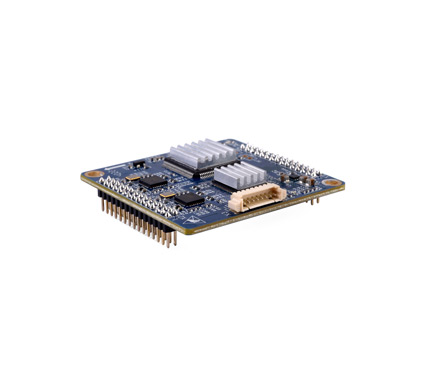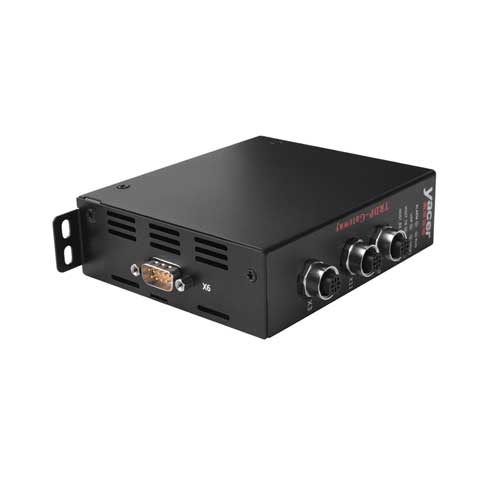• The logical topology of ECN is as shown in the figure above. ECN connects terminal devices located in the same area and exchanges data based on Ethernet. ECN mainly includes two types of devices:
1) Network devices. The Consist Switch (CS) is mainly used in ECN.
2) End Device (ED)
• The Ethernet interfaces between ED and CS, as well as between CS and TBN, need to comply with the IEEE802.3 standard.
• A Consist may contain multiple ECN networks.
• ECN and the Train Backbone are connected through TBN. TBN forwards data between ECN and the train and provides gateway functions.
• The Train Backbone connected to ECN may be WTB or ETB.
Classification of ECN Network Devices
• Repeater: The main characteristic of this type of network device is to be as transparent as possible to all protocols, including those at the link layer and above.
• Consist Switch: The main type of device in the ECN network, which realizes the frame relay function at the link layer. It includes the following two types:
|
Consist Switch class
|
Description
|
|
Unmanaged Consist Switch
|
Only the MAC forwarding function needs to be implemented, and there is no need to implement the online management and IP communication functions.
|
|
Managed Consist Switch
|
It is necessary to implement the functions of MAC forwarding, online management, and IP communication.
|
• Router: It includes at least two IP interfaces and can enable communication between multiple IP subnets.
Functional Requirements of ECN Network Devices
The IEC standards have elaborately defined the functions that Repeaters, Consist Switches, and Routers need to support from the physical layer to the application layer. Different types of network devices have different functions to support. The functions involved mainly include: 100BASE-TX, 10BASE-T, Full Duplex Mode, Auto Negotiation, M12 D-coded connector (socket), VLAN service, IPv4, ICMP, ARP, UDP, TCP, IGMP, DHCP, DNS, SNTP, NTP.
Classification of EDs
EDs can be divided into two major categories: Temporary End Device and Standard End Device.
• Temporary End Device: Terminal devices that are not fixed on the train. (For example: Devices temporarily connected for maintenance purposes)
• Standard End Device: Standard terminal devices fixed on the train, which can be further divided into the following three categories:
|
End Device class
|
Description
|
|
Consist Local End Device
|
Terminal devices that communicate only with devices within the same ECN. Such devices do not always need to know the train's topology.
|
|
Train Communication End Device
|
Terminal devices that communicate with devices in other CNs via the Train Backbone or are directly connected to the TBNs. Such devices need to be aware that the train topology has changed so as to ensure communication with the correct devices. However, these devices themselves do not need to know the train's topology.
|
|
Train Topology aware End Device
|
Terminal devices that initiate communication through the train backbone network and need to understand the train topology. For example, a control device (Train Topology aware End Device) needs to communicate with an I/O device (Train Communication End Device) in a remote ECN via the backbone network. In this case, the control device needs to know the address of the remote I/O device, so it is necessary to use the train's topology database. However, the remote I/O device does not need to know this.
|
The IEC standards have defined in detail the functions that Temporary EDs and Standard EDs need to support from the physical layer to the application layer. Different types of network devices also need to support different functions. The functions involved mainly include: 100BASE-TX, 10BASE-T, Full Duplex Mode, Auto Negotiation, M12 D-coded connector (socket), RJ45 connector (socket), IPv4, ICMP, ARP, UDP, TCP, IGMP host, DHCP, DNS.


